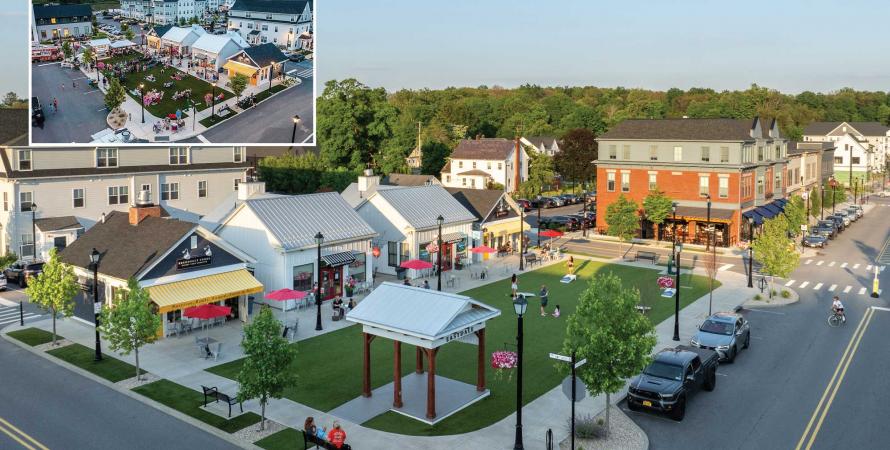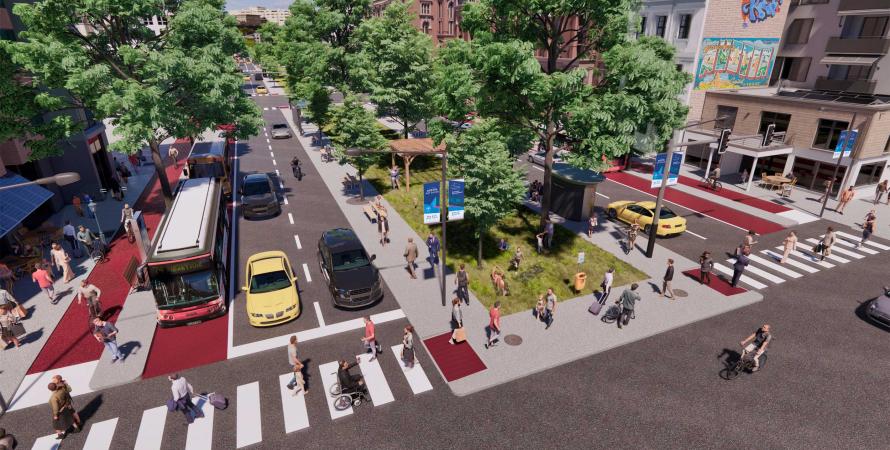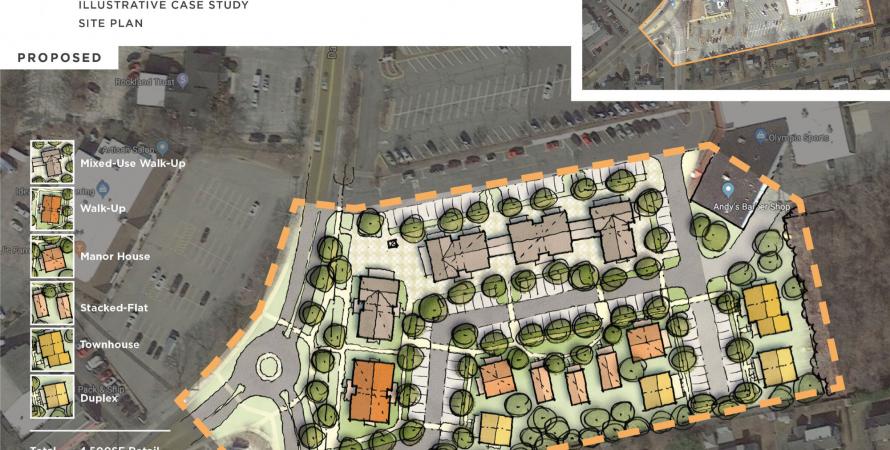-

A Main Street model for New York State
Eastdale Main Street Village in Poughkeepsie, New York, establishes a new growth pattern on a low-density strip corridor. Union Studio Architecture & Community Design won a 2025 CNU Charter Award in The Block, Street, and Building category.Eastdale Main Street Village in Poughkeepsie is one of the first new urban projects of village scale and character in Upstate New York, providing a model for developers elsewhere in slow-growing parts of the state. Main Street spans State Route 44, the Dutchess Turnpike, which has been subject to...Read more -

CNU releases Freeways Without Futures 2025
The report highlights bad freeway planning decisions and how damaged cities can be healed.CNU just released its ninth biennial Freeways Without Futures report. Since 2008, CNU has presented a list of highways through cities that we and others think would be better unbuilt. The report has spearheaded our efforts to draw attention to the damage caused by in-city freeways and the...Read more -

The most housing-forward planning framework in Canada
Growing Together in Kitchener, Ontario, Canada, employs robust public engagement to accommodate a half-century of growth around transit stations. The City of Kitchener won a 2025 CNU Charter Award in The Region: Metropolis, City and Town category.Growing Together is a planning framework that introduces entirely new land uses and zones customized to Major Transit Station Areas (MTSAs) in Kitchener, a city of 256,000 in Southern Ontario, Canada. The Ion light rail system began operating in 2019, with 11 stations in the 53-square-mile...Read more -

Modeling Missing Middle across an unaffordable region
Cape Cod Resiliency: Missing Middle changed the perception and implementation of housing on Cape Cod, Massachusetts. Union Studio Architecture & Community Design won a 2025 CNU Charter Award in The Region: Metropolis, City and Town category.Cape Cod, with its iconic New England character and over 500 miles of coastline, faces a housing crisis that threatens year-round residents who provide the workforce to keep the economy going. Since 2000, many year-round houses have been converted to second homes for vacationers. Cape Cod workers,...Read more